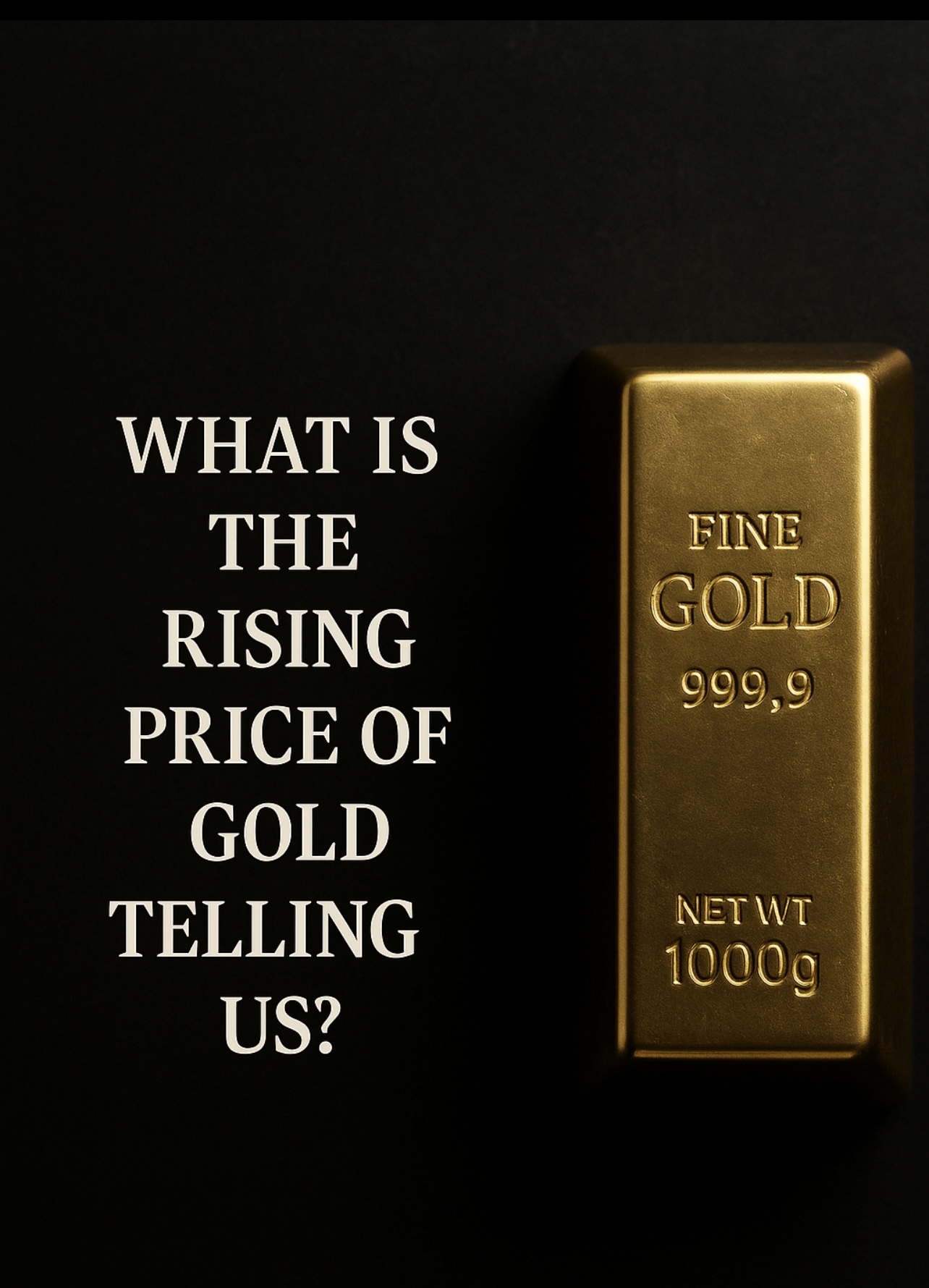What the Rising Price of Gold Is Telling Us Today
Gold has recently surged above $3,400 per ounce, a significant move that’s catching the attention of investors, economists, and policymakers alike. But gold doesn’t just go up for no reason—it carries meaning. When gold rises sharply, it’s often a signal that something deeper is happening beneath the surface of the global economy or financial system.
1.
Gold Reflects Fear and Uncertainty
Historically, gold has been seen as a “safe haven” asset. When there’s global instability—such as war, political unrest, or financial market volatility—investors tend to move money into gold. It doesn’t rely on earnings, dividends, or economic growth. It simply is what it is: a tangible store of value.
Right now, growing geopolitical tensions—particularly between Israel and Iran—have increased global anxiety. Investors respond to that kind of news by seeking stability, and gold offers exactly that. It’s a way to preserve wealth when the future feels unclear.
2.
Interest Rates Are Expected to Fall
Another major driver of gold prices is monetary policy. When interest rates are high, people earn better returns on savings, bonds, and other interest-bearing assets. But when the Federal Reserve begins signaling that rate cuts are coming—as they are now—those assets become less attractive.
Gold doesn’t pay interest, but when real interest rates drop (or are expected to), the opportunity cost of holding gold decreases. That makes it more competitive. Investors start shifting money toward gold, which increases demand and pushes the price higher.
3.
Concerns About the Dollar and Inflation
Gold is priced in U.S. dollars, so when the dollar weakens, gold tends to rise. That’s because it takes more dollars to buy the same ounce of gold. Recently, as inflation has moderated and rate cuts loom, the dollar has shown some softness, making gold more appealing globally.
Even if inflation is easing, the memory of high prices remains fresh. Many investors still view gold as a hedge against future inflation, especially if government spending or debt levels continue to rise unchecked.
4.
Loss of Confidence in Financial Systems
Beyond war or inflation, rising gold prices often reflect a deeper loss of trust—whether in government leadership, the financial system, or central bank policies. When people start to question the long-term value of fiat currency, gold becomes a form of insurance.
Gold doesn’t default. It doesn’t require trust in a company or a currency. It’s held by central banks for exactly this reason—it’s real, portable wealth.
Final Thoughts
The rise in gold’s price today is not just a market movement—it’s a message. It tells us that investors are growing cautious, sensing instability in global affairs and economic policy. For professionals and everyday savers alike, gold’s climb is a warning sign worth watching.
It doesn’t mean disaster is certain. But it suggests that smart money is preparing for a future that may look very different than the present.

